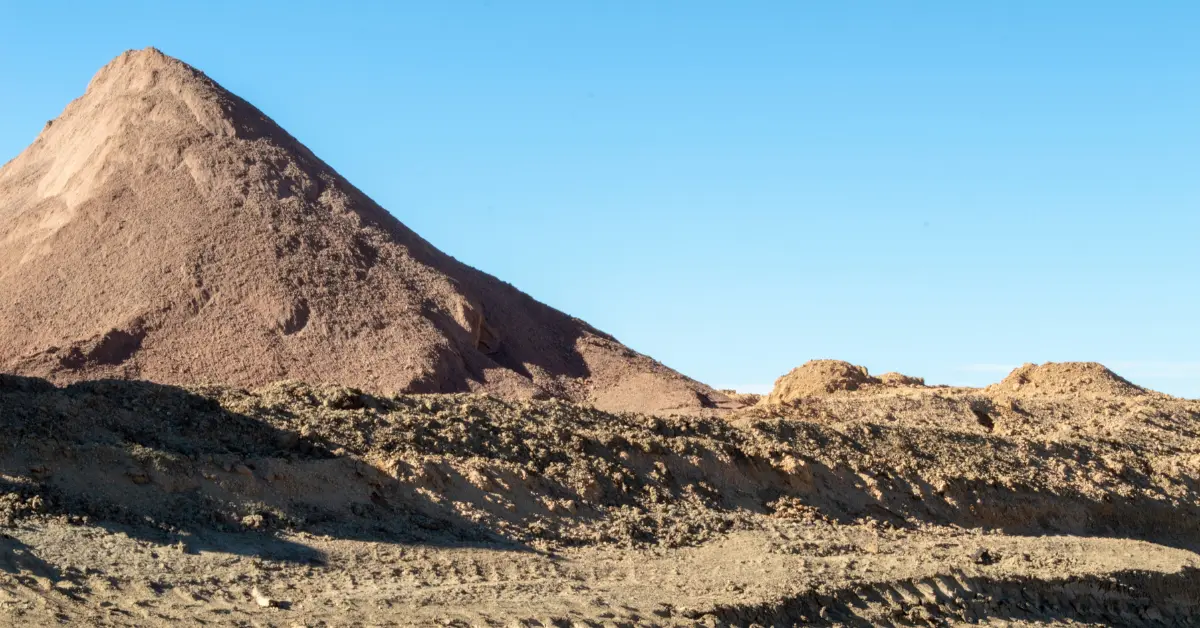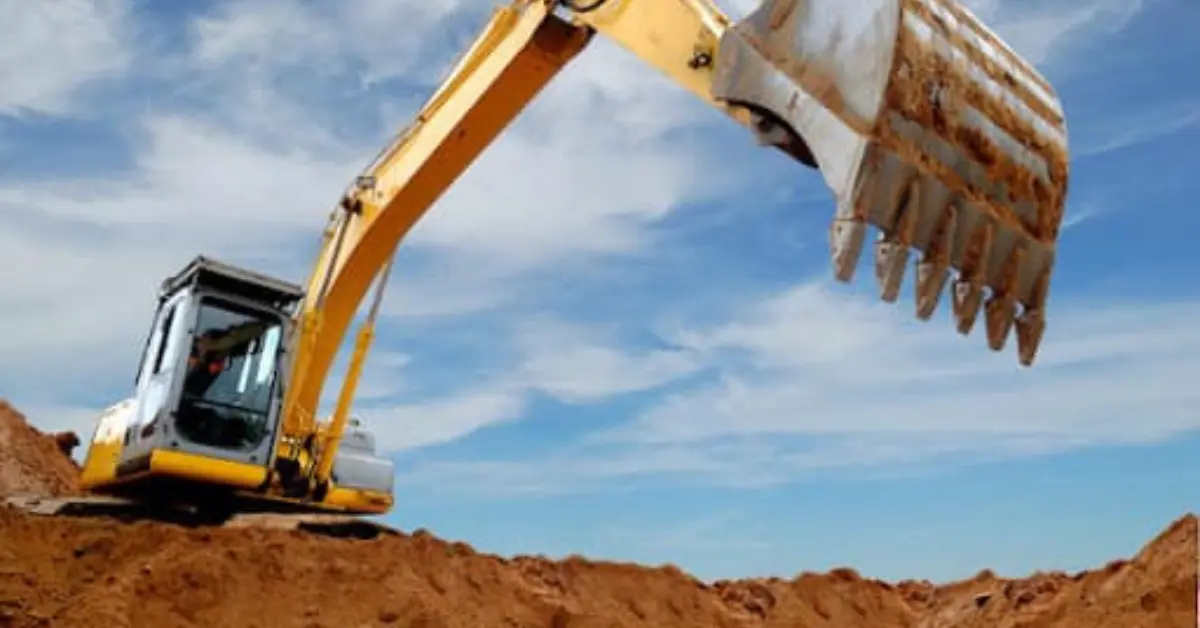
When preparing a construction site, having a stable ground base is crucial. This is where structural fill dirt comes into play. This refers to the compactable soil used to fill in excavated areas or build up ground elevation so that buildings, roads, or landscaping features have a solid foundation. In this article, we’ll explore what fill dirt is, how it differs from topsoil, the benefits, and practical tips for using it in foundations and landscaping. We’ll also discuss how to source quality fill dirt and best practices for installation, all in a technical yet accessible way.
What is Fill Dirt (Structural Fill)?
It comes from subsoil and is mainly composed of inorganic material like clay, sand, silt, and small rocks, with minimal organic matter. The lack of organic material is intentional and essential, as any organic debris in fill dirt can decompose over time, creating voids and causing the ground to settle. Sometimes called an engineering fill soil, it is fill dirt that is selected and placed with the specific purpose of supporting structures. It usually consists of a well-graded mixture of materials that, when properly compacted, will form a stable, load-bearing layer. In other words, structural fill is engineered to possess the ideal properties to support heavy loads without excessive settlement.
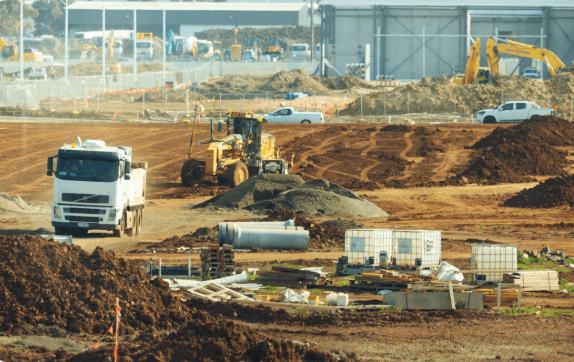
Key Benefits of Structural Fill Dirt
The benefits of structural fill dirt boil down to creating a safe, stable, and long-lasting base for your project. Here are some of the key advantages:
- Stability and Load-Bearing Strength: Structural fill dirt can be compacted into a dense, sturdy layer that resists shifting or collapsing under weight. It essentially “locks in” to form a solid platform for construction. A properly compacted fill dirt base will support heavy structures, vehicles, or fill above it without significant settling. The primary purpose of fill dirt is to provide a stable base for construction projects or to level out uneven ground. By using structural fill, you greatly reduce the risk of your building or pavement cracking due to ground settlement.
- Prevention of Water Problems (Drainage): Unlike clay-rich native soils that might hold water, a well-engineered fill dirt can improve drainage. Many structural fills include sand or gravel components to prevent water from accumulating. Good drainage is crucial around foundations and under roads, as it prevents water pressure buildup and erosion. When you grade with fill dirt to slope away from structures, you help channel runoff properly. The fill dirt itself, if properly compacted and with the right composition, allows water to percolate or move aside, protecting your construction from water damage.
- Cost-Effectiveness: Using fill dirt is often far more economical than using other materials to raise or level ground. Fill dirt is cheaper per volume than high-quality topsoil, gravel base, or concrete. It’s widely available and can often be obtained from nearby excavation projects or quarries. By utilizing structural fill dirt, you can save on material costs while still achieving a solid foundation. Additionally, it can sometimes be made from excess soil on your site, saving disposal fees and reducing the need to buy new material.
- Versatility in Use: Structural fill dirt is useful in a wide range of applications. It’s not just for underbuilding foundations – you can use it to construct road embankments, bridge approaches, levees, or to reclaim land. In landscaping, fill dirt is used to create features like berms, terraced areas, or to fill in unwanted ditches and holes. Because it’s essentially “shapeable” and stable earth, you can contour it as needed, then trust that it will stay in place once compacted.
- Reduces Settling and Increases Longevity: The ultimate benefit of using proper structural fill is that it helps prevent future problems. If you fill or backfill with random loose soil or, worse, soil full of organic muck, you’re likely to see uneven settling over time – cracks in foundations, sinking pavements, lumpy lawns, etc.
By leveraging these benefits, builders and landscapers can create a sound base that supports their work for the long term.
Structural Fill Dirt for Foundations and Backfilling
Foundations rely on strong, stable soil support. After a foundation is poured and cured, the space around it and over it usually needs to be filled back in. Using the right backfill material is vital. Contractors often use structural fill dirt as the primary backfill for foundation excavation areas because it can be compacted to support the foundation walls and also aid in drainage away from the structure. A few guidelines are important:
- Allow Proper Curing: First, one should only backfill after the foundation concrete has gained enough strength (usually a week or more after pouring) to withstand lateral pressure. This isn’t about the fill dirt itself, but a safety note: pushing tons of soil against “green” (uncured) concrete can damage it.
- Layered Placement: Backfill should be placed in layers (often 6 to 12 inches thick at a time), not dumped all at once, and each layer should be compacted. This ensures that the soil density around the foundation is uniform and firm, reducing future settling.
- Use Suitable Material: The best backfill material for foundation projects is typically a well-draining mixture of soil and aggregate. Commonly, a blend of clean fill dirt with gravel or sand. This mix provides both stability and drainage. Gravel or crushed stone is sometimes placed directly alongside foundation walls to facilitate water drainage, with fill dirt layered and compacted above/behind it. The idea is to prevent water from being trapped against the foundation, which could cause hydrostatic pressure or leak issues.
In many residential builds, the soil that was originally excavated for the foundation pit is reused as backfill if it is suitable. Often, however, excavated soil contains a lot of clay clumps or organic topsoil – those portions are usually set aside and not used for backfill next to the foundation. Instead, structural fill dirt or clean fill from elsewhere might be brought in if the native soil isn’t ideal. Clean fill dirt is highly recommended for backfilling foundations because it contains no biodegradable material or trash that could compromise the stability or introduce chemicals. Using clean fill also means fewer voids and better compaction around your foundation.
Fill Dirt for Landscaping Projects
Structural fill is extremely useful in landscaping to shape the terrain. Using fill dirt for landscaping, you can create mounds, terraces, or a level grade across an otherwise uneven property. Here are some common landscaping uses for fill dirt:
- Land Grading and Leveling: If your yard has low spots that collect water or is sloped in a way you don’t like, fill dirt can be used to even it out. By filling in dips with compacted fill dirt, you eliminate puddles and poor drainage areas. This is not only practical, but it also protects structures; for example, filling and grading around the house can keep water from seeping into the foundation or basement. As mentioned earlier, a common practice is to fill low spots with fill dirt, then cap them with a few inches of topsoil so that grass will grow back over. This combination ensures solid ground underneath with a fertile layer on top.
- Building Landscape Features: Want a rolling hill or berm for privacy? Need to terrace a slope for a garden? Fill dirt provides the volume and bulk to create these features. Contractors will often use fill dirt to roughly shape the land – building up areas where a raised feature is desired or filling in to terrace – because it compacts and holds shape. After the general shape is achieved with fill, topsoil is spread as the final layer for planting.
- Retaining Walls and Fill Behind Them: When constructing retaining walls, you often need to fill behind the new wall. Fill dirt is usually suitable here, although it is often combined with gravel for improved drainage immediately behind the wall. Once again, the fill dirt is compacted in layers to ensure the ground behind the wall is solid and won’t cause pressure points or future voids. If the retaining area is to be planted, topsoil can be placed in the surface layer behind the wall.
- Reduced Erosion: Interestingly, properly placed fill dirt can help reduce erosion in certain cases. For example, if you have an eroded gully, you might fill it in with compacted fill (and maybe install drainage or erosion control fabric) to restore the grade. Also, by leveling out areas and eliminating steep, sudden drops, you create a more uniform terrain that’s less prone to washing out in heavy rains. Do note, however, that until vegetation regrows on the surface, any new fill is susceptible to surface erosion – so it’s good practice to get grass or groundcover established on newly filled slopes as soon as possible, or use erosion control blankets.
When using fill dirt in landscaping, quality still matters. You don’t want to introduce contaminated soil into your yard accidentally. Always source clean fill dirt for landscaping projects, meaning it has been tested or comes from a reputable source free of chemicals, construction debris, or trash.
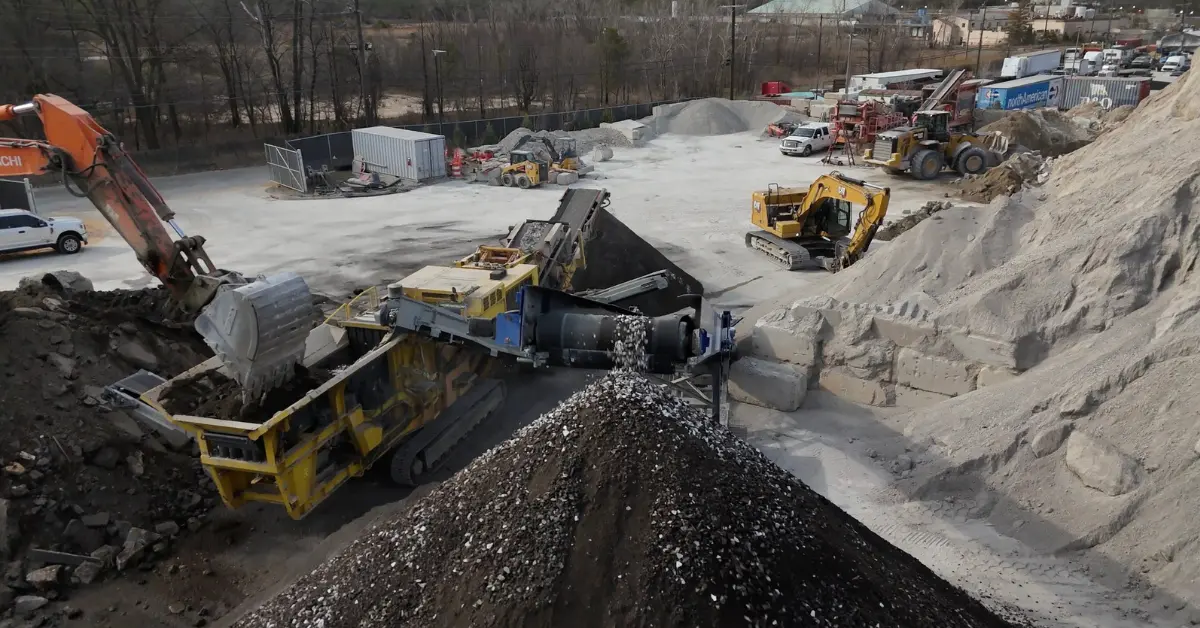
Where to Buy Fill Dirt and Delivery Considerations
Once you understand the need for fill dirt, the next question is where to buy dirt suitable for your project. There are several avenues to buy fill dirt, each with its considerations:
- Local Quarries and Gravel Yards: Many quarries or landscape supply companies sell fill dirt by the cubic yard. This dirt may be a byproduct of other operations or soil from construction sites. You can usually call and ask for “fill dirt”, and they’ll quote a price per cubic yard or per truckload. If you need a large quantity, these suppliers are convenient because they have the equipment to load and deliver it. When buying dirt from such suppliers, ask about its quality.
- Construction and Excavation Companies: Sometimes, companies that dig foundations or pools have excess soil (fill) that they need to get rid of. They might be willing to get fill dirt delivered to you either for free or cheaply, since dumping it at a landfill costs them money. This can be a win-win: you get fill dirt at a low cost, and they offload it.
- Online Platforms and Classifieds: Platforms like SoilConnect have emerged to connect people who have dirt with people who need dirt. You can search by location to find available fill. Similarly, online classifieds often have listings for fill dirt. The key here is to be quick and discerning. These platforms expand your options beyond local companies, but always factor in the logistics of hauling.
- Home Improvement Stores or Nurseries: Big-box stores typically do not sell fill dirt in bags. Some garden centers or nurseries that sell bulk materials might have unscreened fill dirt available by the scoop or truckload. This would be more for small projects since the price per yard might be higher at retail outlets than from wholesale landscape suppliers.
When you go to purchase dirt, calculate how much volume you need. Fill dirt and other aggregates are sold by volume (cubic yards in the U.S.). One cubic yard is approximately 27 cubic feet – roughly the amount that would fill a standard kitchen stove, to provide a visual reference. Dirt suppliers often have a minimum order for delivery (e.g., 3 or 5 cubic yards) or will charge extra for small loads. It’s usually cheaper (per yard) to get a full truckload than a partial load, so keep that in mind. While prices vary by region and source, you may see figures ranging from roughly $5 to $15 per cubic yard for basic fill dirt. By contrast, topsoil can cost $20-$50 per yard or more, so fill dirt is much more economical for volume.
Tips for Installing Structural Fill Dirt
Clear away any topsoil, vegetation, roots, or debris in the area where you’ll place the fill. These materials are not suitable to be underneath structural fill because they decompose or prevent proper compaction. You want to expose the firm subsoil or the underlying base layer. Also, if the ground is very dry, lightly water it; if it’s muddy, let it dry out a bit. A well-prepared subgrade sets the stage for a solid fill.
Don’t try to deposit fill dirt in, say, a 3-foot-deep trench all at once and then just pack the top; the bottom will remain loose. Instead, spread the fill dirt in layers that are 6 inches to 12 inches thick, then compact each layer thoroughly before adding the next. Using a tamper (hand tamper for small areas), plate compactor (for slightly larger or tighter spots), or a drum roller for big open areas, compress each lift of soil. A well-compacted fill layer should feel very firm underfoot, not squishy. Also, strive to reach around 90% or higher of the soil’s maximum compaction.
Pay attention to moisture as you place and compact the fill. If the fill dirt is too dry, it won’t compact tightly – you might see it remains loose and crumbly even after tamping. In that case, mist some water over it and mix it in to achieve a slightly damp consistency. Moisture helps the soil particles slide and rearrange into a dense configuration. Conversely, if the fill dirt is very wet, you’re essentially trying to compact mud, which doesn’t work; you may need to let it air-dry for a bit or mix in drier material. Proper moisture makes compaction far more effective, leading to a more stable fill. Once you’ve filled and compacted an area, it’s okay to build on it if compaction was done right immediately. However, be cautious with hefty point loads or constant vibration if the fill is supporting something like that, unless you have confidence in the compaction. For instance, driving heavy equipment repeatedly over newly filled ground can sometimes cause minor settlement if any spots weren’t compacted perfectly. It’s just something to keep in mind – sometimes a filled area is left to “rest” and get naturally rained on and settled further before final surfacing, especially in landscaping projects. In critical structural areas, though, compaction tests are done to confirm it’s ready to bear load right away.
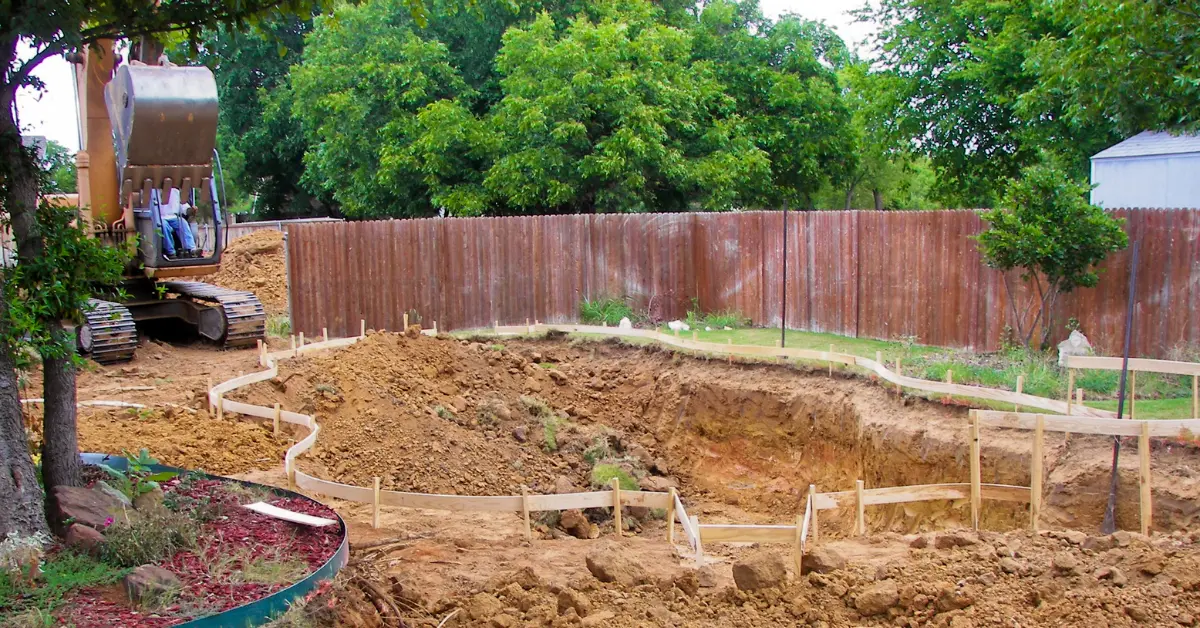
If the fill dirt is forming the base for a lawn or a topsoil layer, be sure to leave the fill graded to the proper contours before applying the topsoil. It’s hard to change the shape after you’ve added the next layer. Also, if this filled surface will remain exposed for a while, consider seeding it with a quick-growing grass or covering it with straw to reduce erosion. A rainstorm can wash the surface of an unprotected fill slope into a muddy mess. If you’re filling a large area that will support a building or significant structure, it might be wise to have a geotechnical engineer involved. They can advise on the type of fill, thickness, and compaction requirements. They may even supervise the compaction or test it with special equipment to ensure it meets the needed specifications.
Think of structural fill dirt as the unsung hero of your build. It’s doing the heavy lifting below ground so that the visible parts of your project can shine and endure. With the knowledge of its benefits and proper usage, you can confidently incorporate fill dirt into your next project, ensuring that your “build” rests on solid ground.
Sources
- The Spruce – Barbara Gillette: How Much Is a Yard of Dirt? Cost, Coverage Area, and More (Feb 2023)thespruce.com
- TheCivilEngineering.com – Backfilling Guide: Backfilling in a Foundation: 5 Benefits, Procedure, and Best Backfilling Materials (Aug 2024)thecivilengineering.com

.svg)






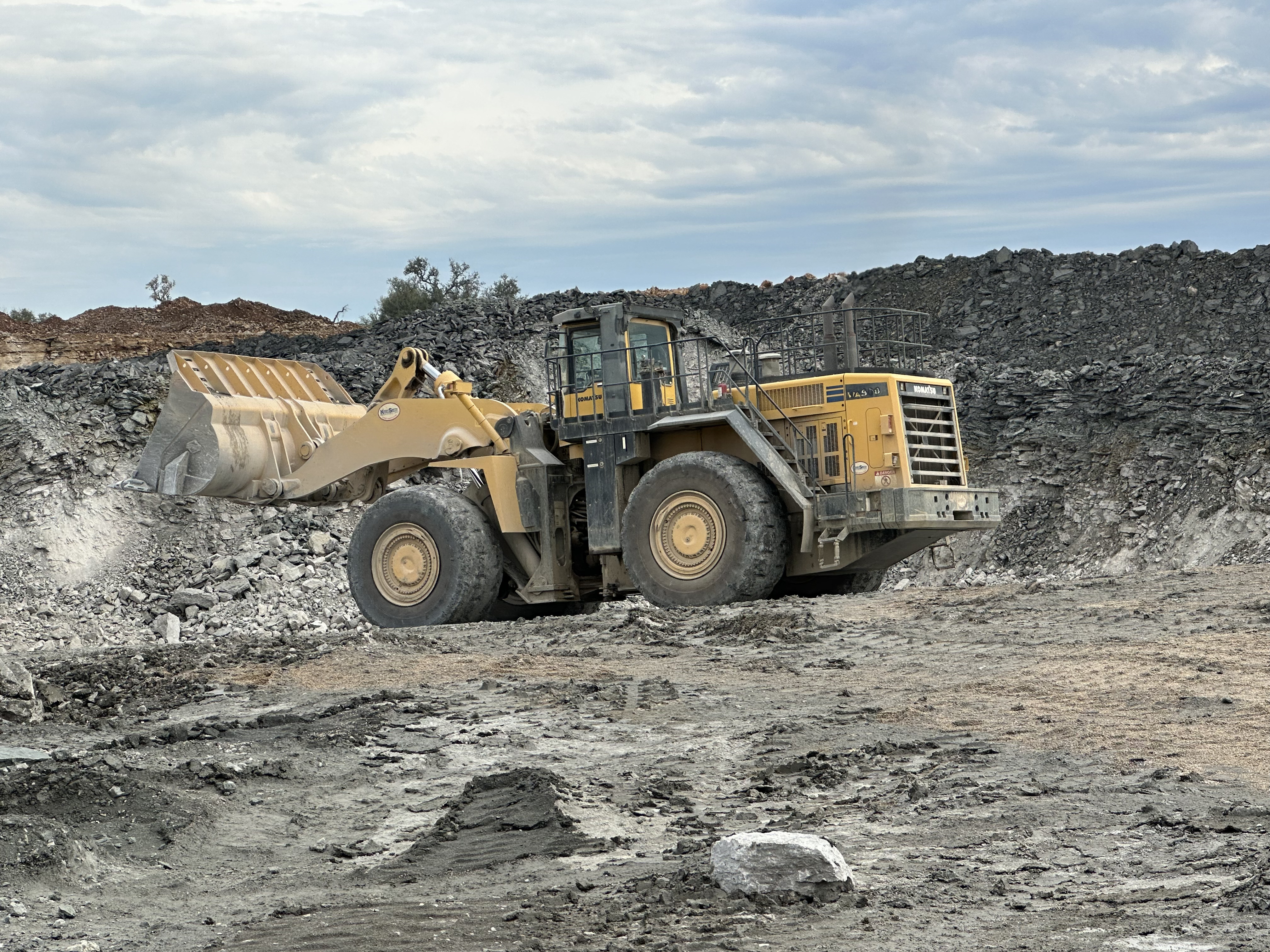



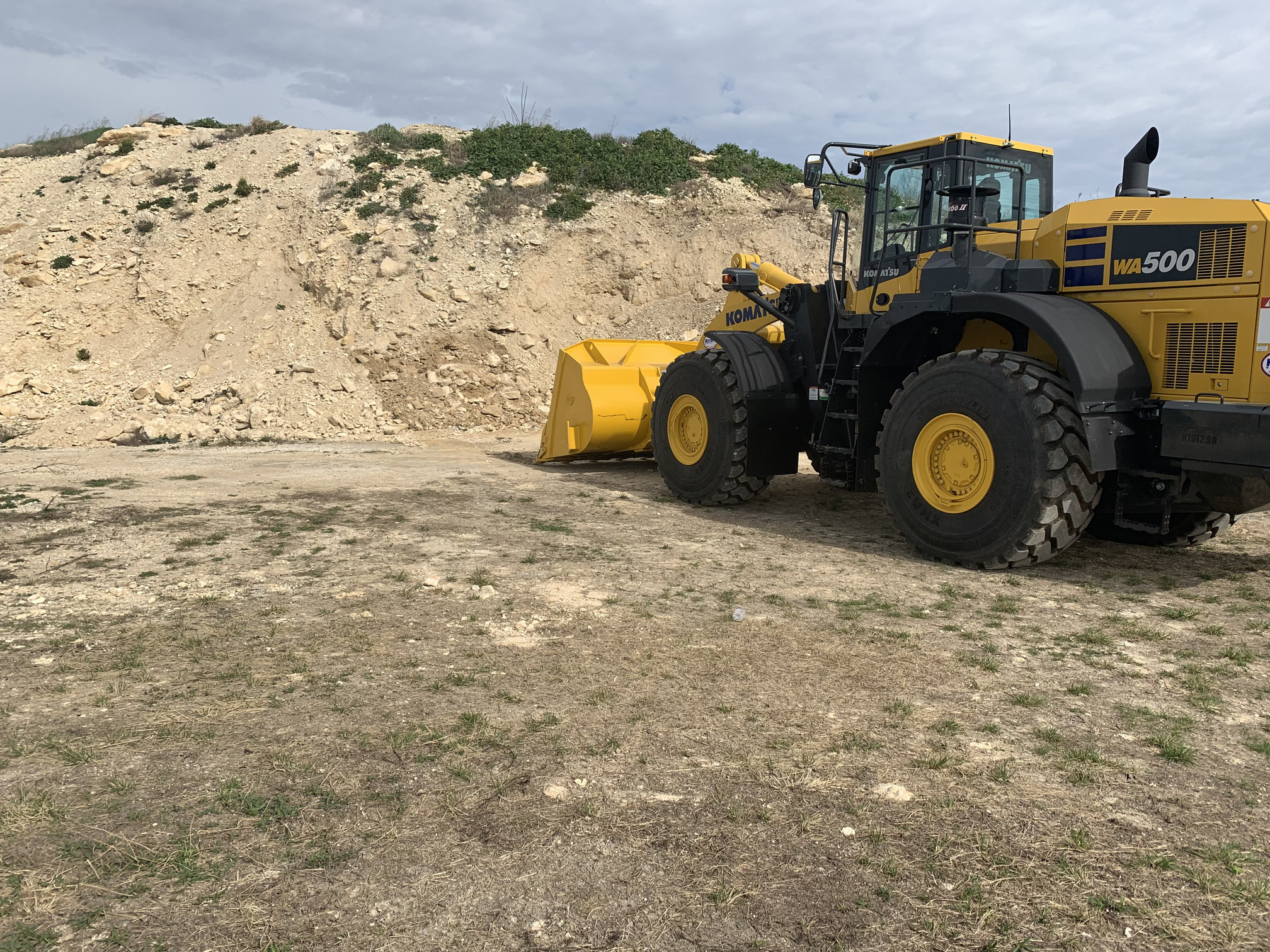
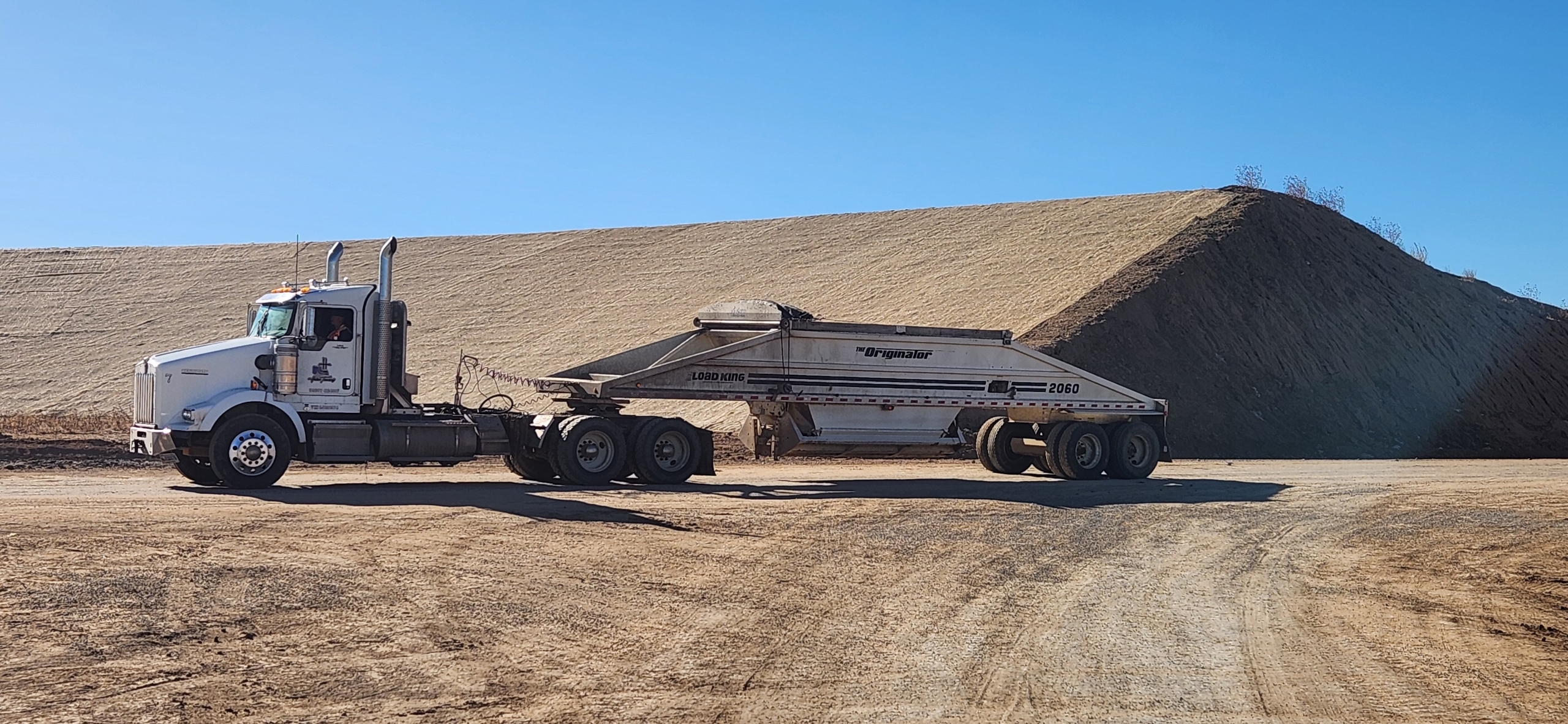
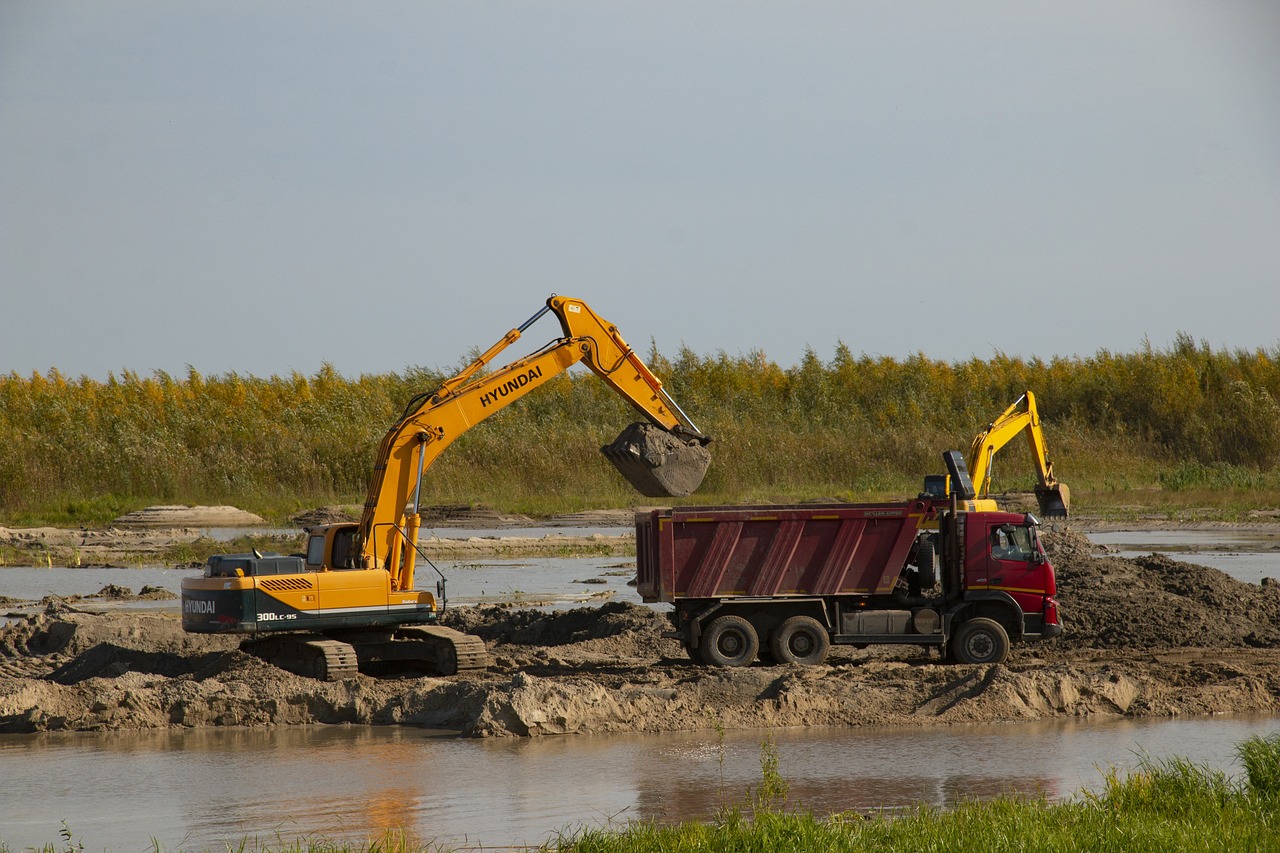

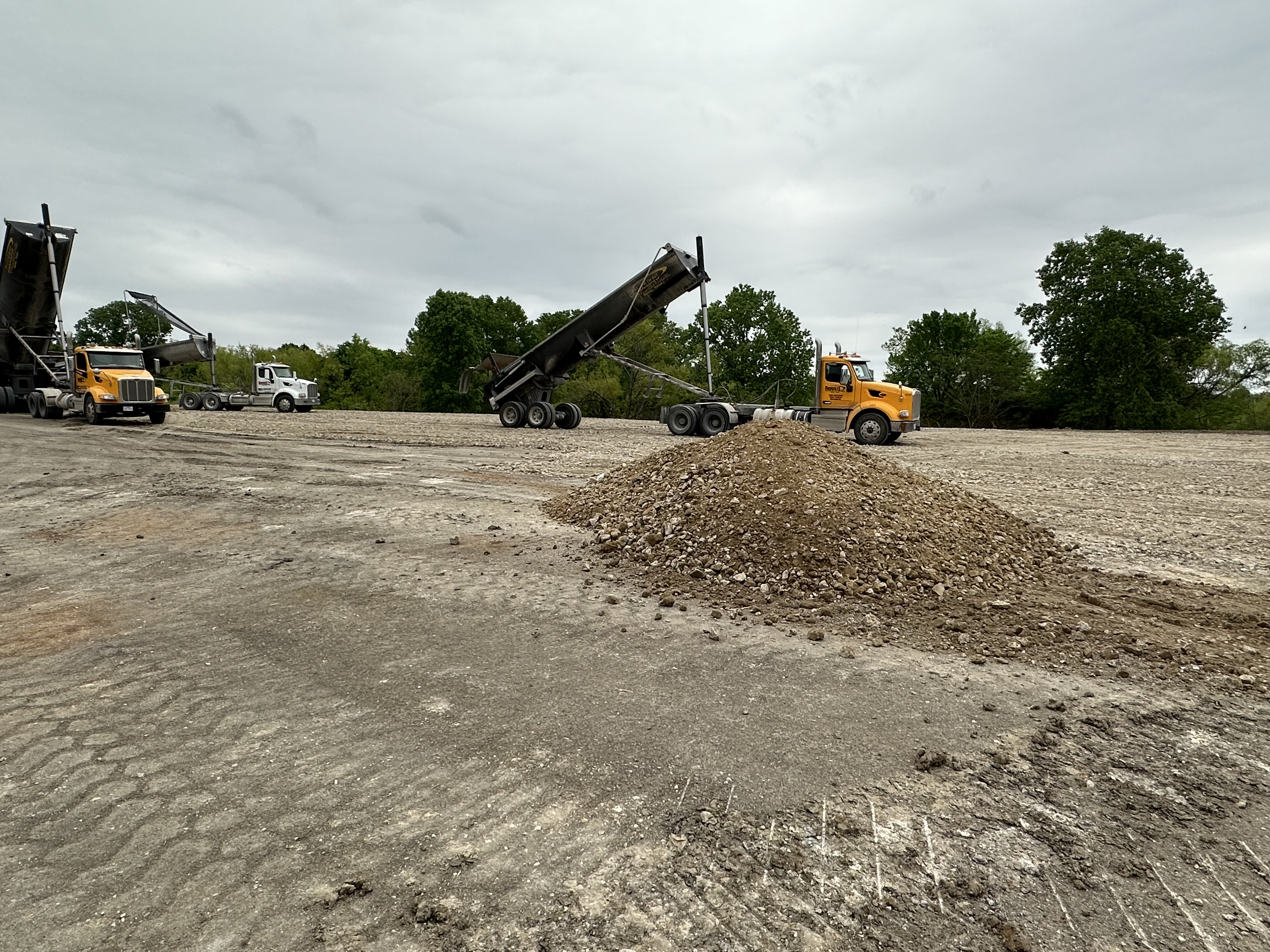

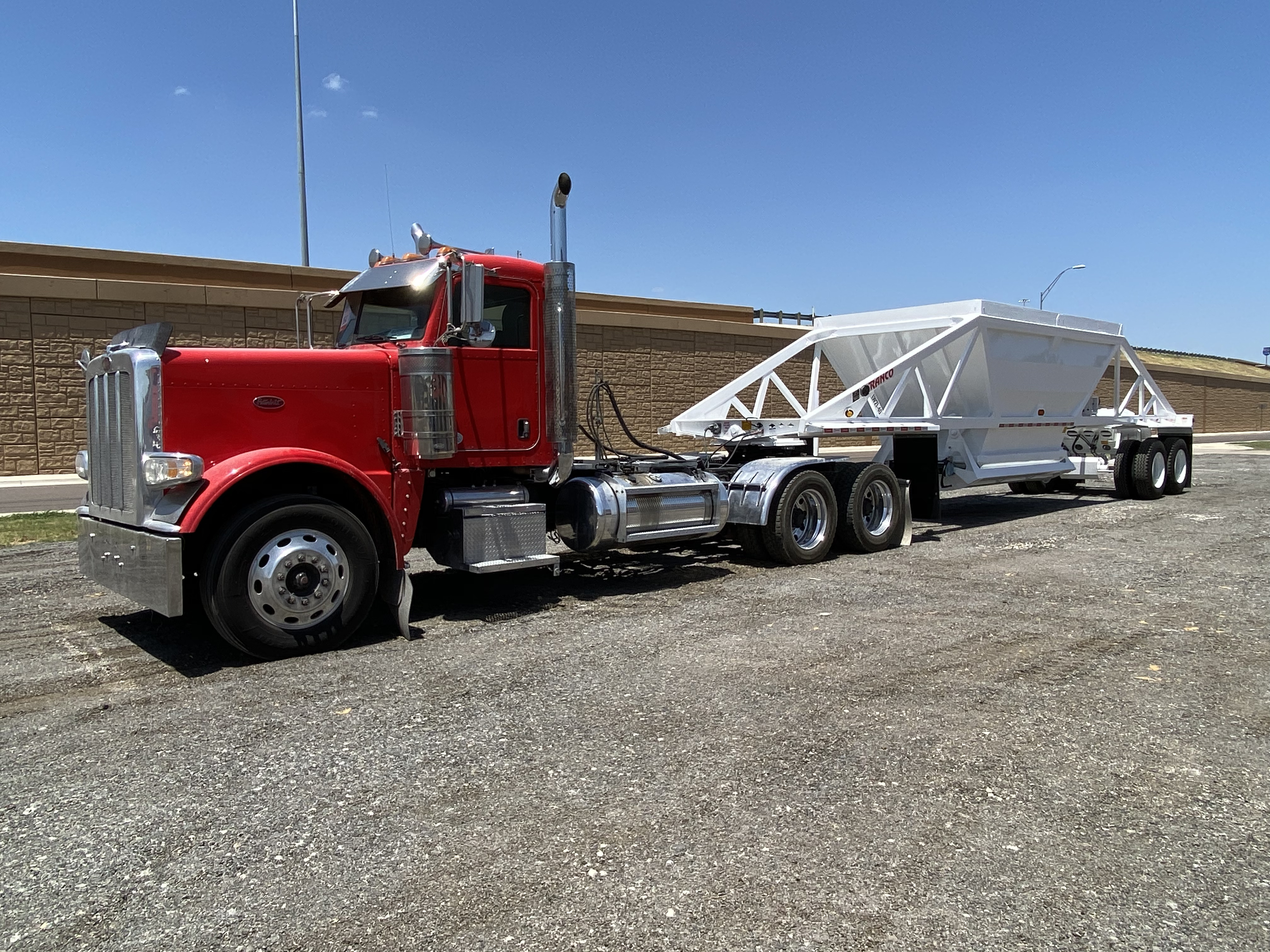
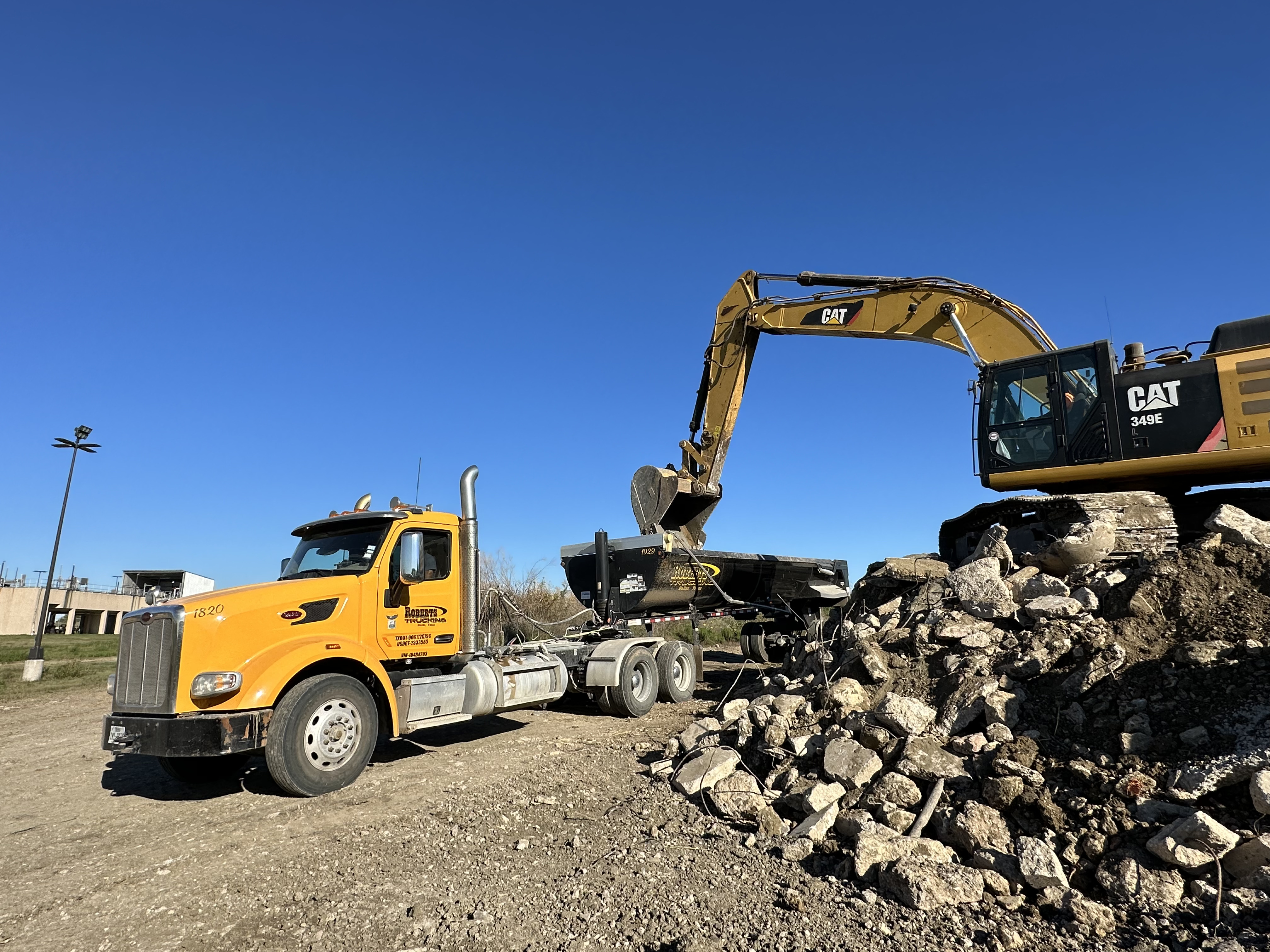

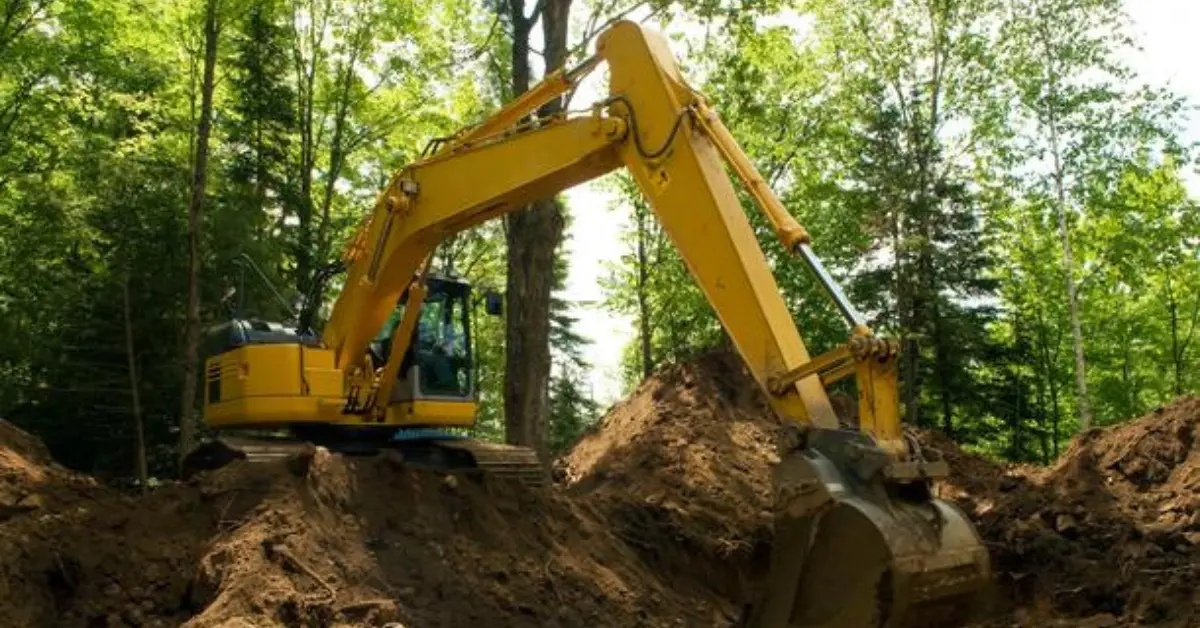
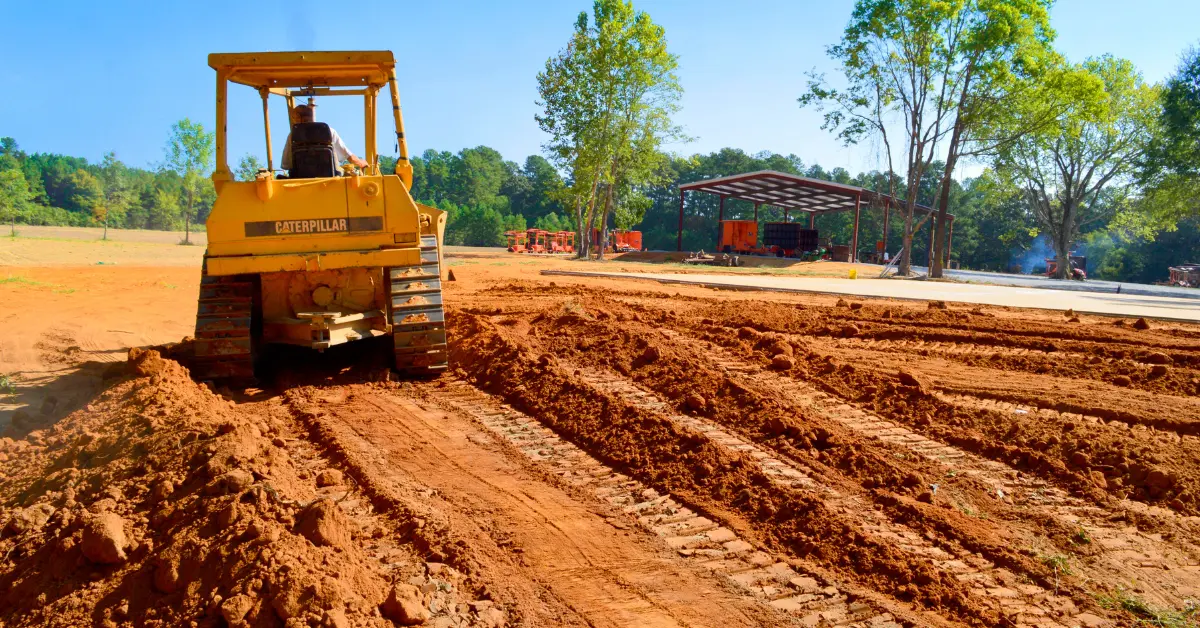
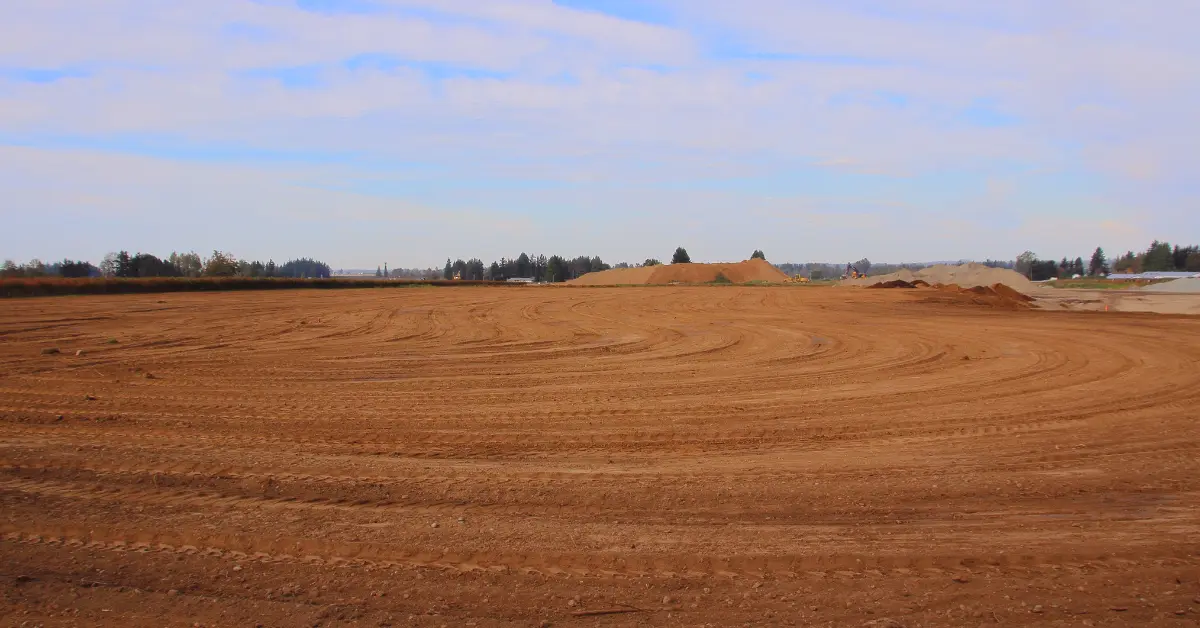



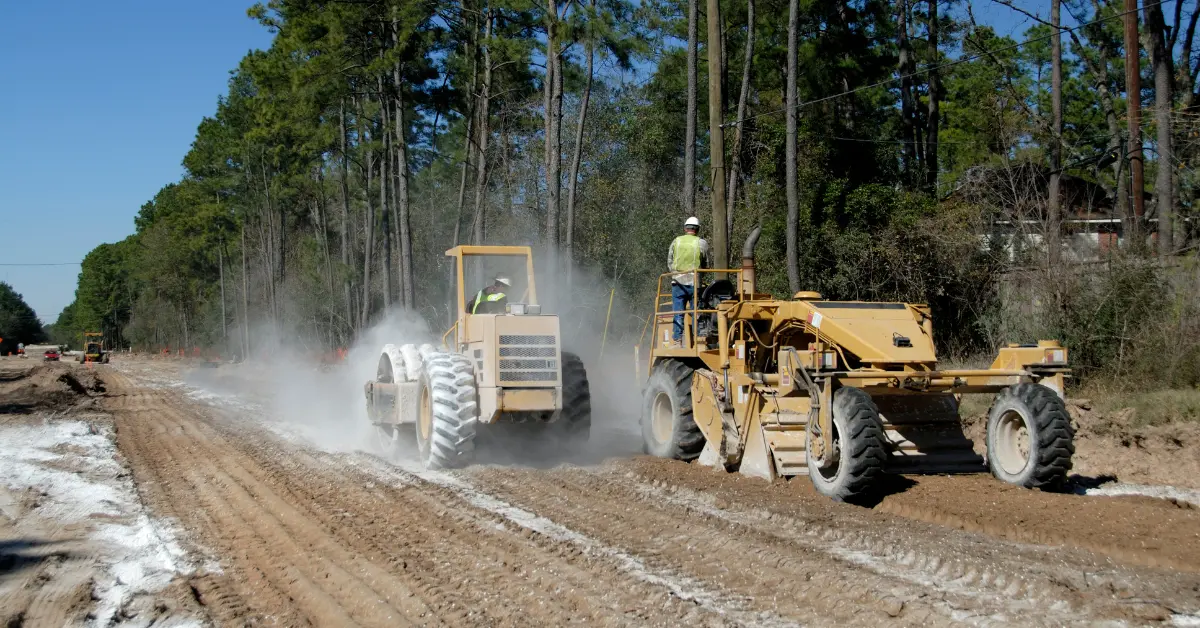




.jpg)

